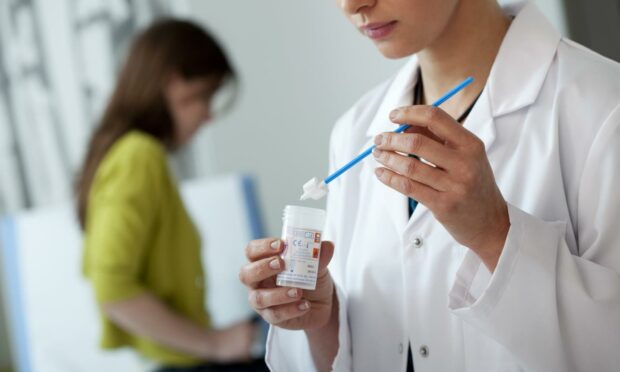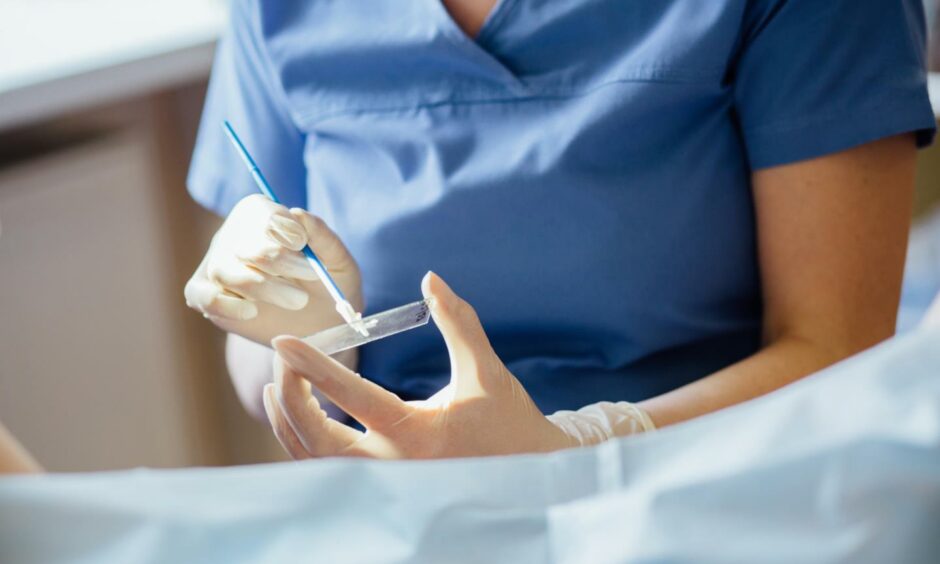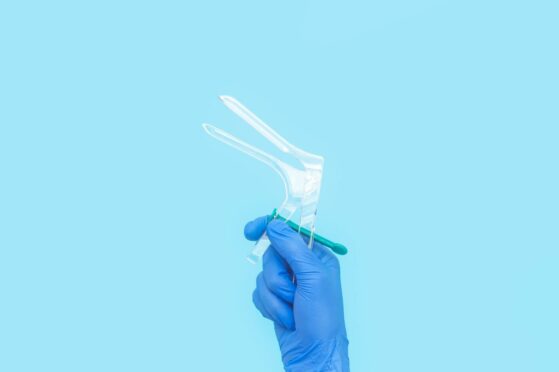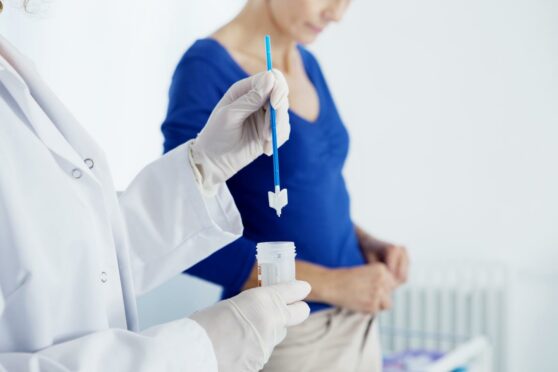The number of people attending their cervical screening appointment has fallen across Scotland, to below 70%.
Just 69.3% of those eligible for a smear test attended in the past year (2020/21).
The level of uptake has declined in recent years, however the Covid-19 pandemic is thought to have contributed to this year’s low numbers.
- For those aged 25 to 49, the national average was 66.3%; for those in the 50 to 64 age bracket, the national average was 74.4%.
- In Tayside, 69% of eligible 25 to 49-year-olds attended their cervical screening, compared with 76.3% of 50 to 64-year-olds.
- In Fife, uptake was 68.4% of 25 to 49-year-olds and 73.2% of 50 to 64-year-olds.
The uptake levels in Tayside and Fife were above 70% in both age groups in the year 2019/20.
‘Stark inequalities’
Across Scotland, uptake was lower in younger age groups, with just 55.4% of 25 to 29-year-olds attending their screening.
Uptake peaked at 78.8% in those aged 50 to 54, before declining in the older age groups.
Uptake was also lower in areas of deprivation: 63% of women in the most deprived areas took part in the screening programme, compared with 74% of women in the least deprived areas of Scotland.
The Covid-19 pandemic caused a temporary pause to cervical screening services from March to June 2020.
‘We need to remove the barriers that exist’
Samantha Dixon, chief executive of Jo’s Cervical Cancer Trust said: “It is not surprising to see screening attendance has declined over the past year. However these statistics must serve as a catalyst for action.
“We should not just focus on recovering from the impact of Covid but instead should be looking at how we can improve uptake and what can be done to remove the barriers that exist.
“There are stark inequalities in attendance and Covid has only widened the gaps.
“There is far lower uptake among more deprived communities, while only half of young women across Scotland take up their invitation.
“We must innovate and look to potential solutions such as HPV self-sampling and urine sampling while ensuring that every woman and person with a cervix has the information and support they need to make an informed decision about screening.”
What happens at a cervical screening?
Women 25 and older are invited for cervical screening and receive an invitation every three years, until they turn 49.
Women over 50 are invited every five years, until they turn 64.
It helps prevent cervical cancer by checking for a virus called high-risk human papillomavirus (HPV) and, if you have HPV, cervical cell changes (abnormal cells).
A speculum is inserted into the vagina to collect a cell sample from the cervix. At the screening appointment, a nurse takes a sample of cells from your cervix.
The nurse will gently insert a speculum into your vagina and open it so they can see your cervix.
They will use a small, soft brush to quickly take the cell sample. This may feel strange or uncomfortable, but should not be painful.
‘Arrange an appointment with your GP’
Public health consultant at NHS Tayside, Heidi Douglas, said, “Every week in Scotland six women are diagnosed with cervical cancer.
“We know eight out of 10 cervical cancers can be prevented by cervical screening, but sadly the uptake of cervical screening is dropping across Scotland – especially in younger women, with more than four out of 10 women under the age of 35 being overdue for their smears.
“It is important that all women between 25 and 64 years old, who have ever been sexually active, should have a smear test when invited in order to check for any cervical abnormalities.
“We would urge anyone who receives an invite to attend a cervical screening to arrange an appointment with their GP practice.
“Anyone who has noticed any symptoms that are unusual for them should get in touch with their GP and not wait for their cervical screening invitation.”
Find out more about cervical screening at Jo’s Trust.




